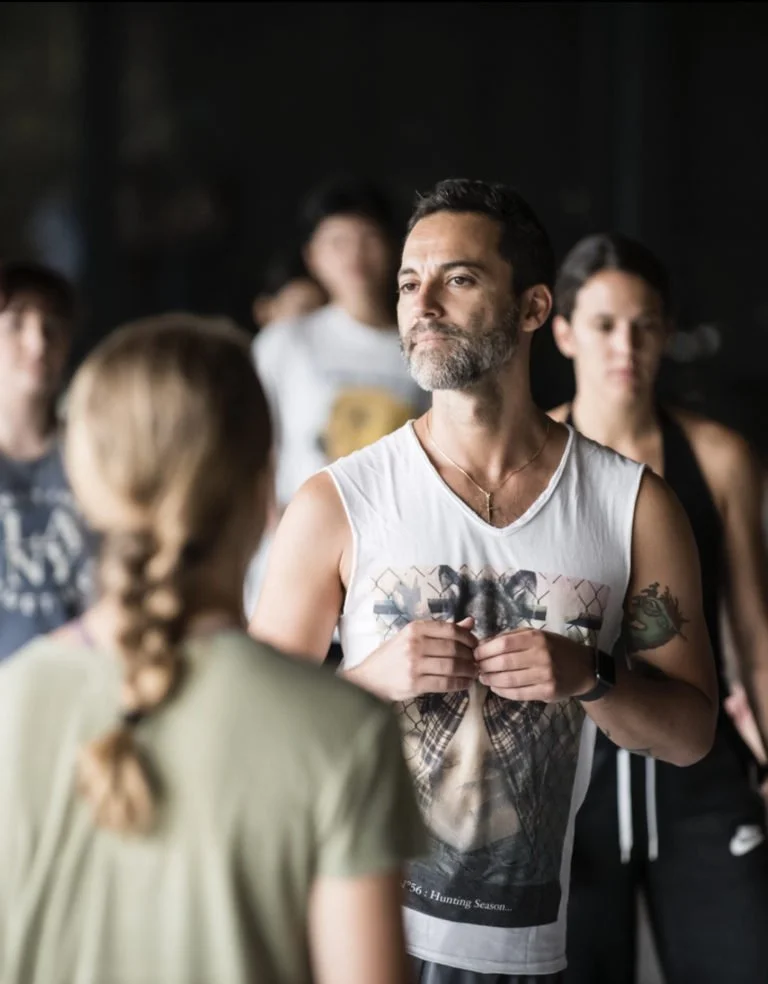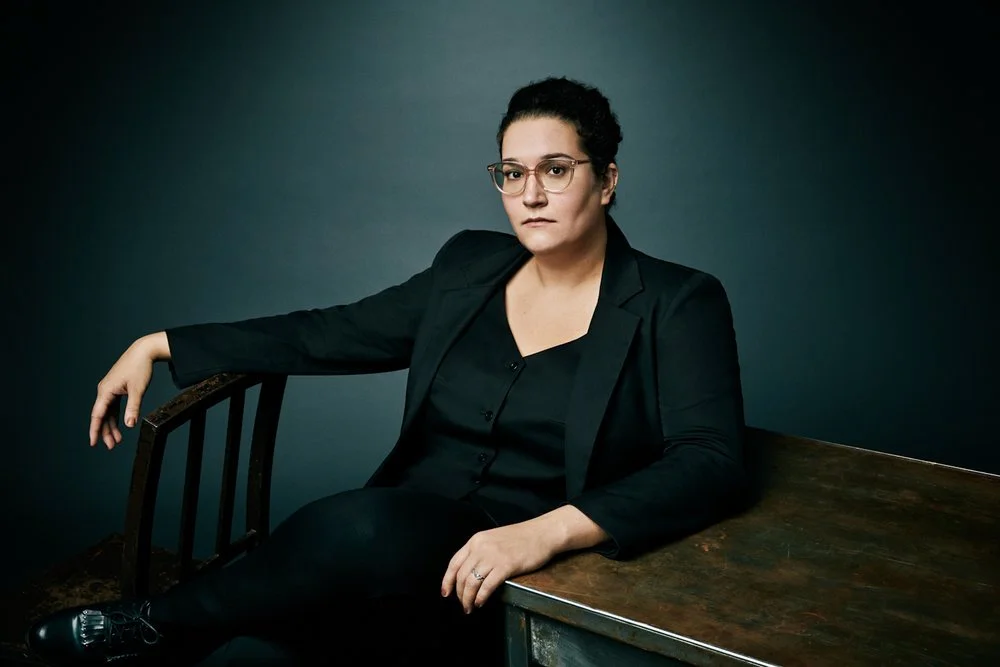COURTNEY PEPPERNELL
/YA Writer & Poet
Author of Pillow Thoughts & I Hope You Stay
I really hope that kindness is preserved. I really think manners and being polite can go a long way. People are in such a rush these days. Everybody wants to acquire so much, and they forget to just be thankful for the little things in life. To slow down, how you move through the world and how selfless you are, holding open a door for someone, or just telling someone to have a good day. Those are all things that can have a lasting effect on another person and make them want to be better as well.







